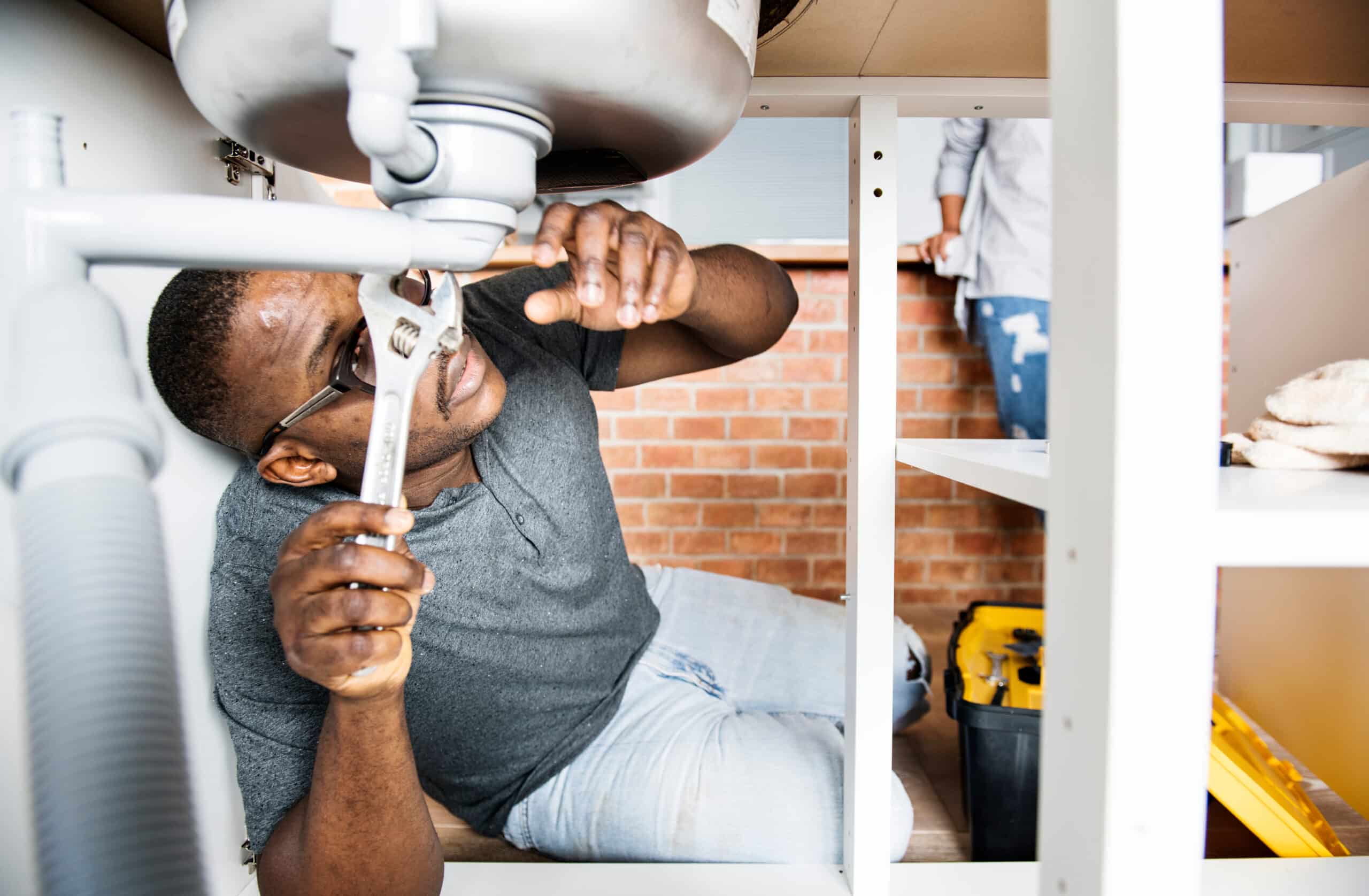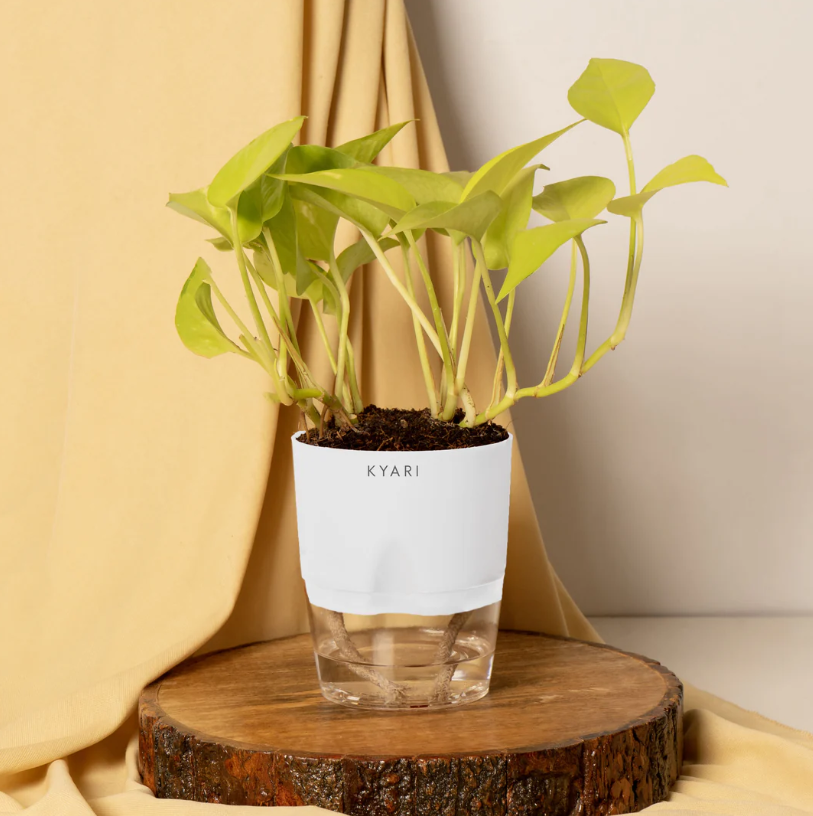Shopping for a queen size bed can be an exciting yet daunting task. Given that a bed is a long-term investment in your comfort and health, making the right choice is crucial. To ensure you find the perfect bed, testing it in-store is essential. Here are some practical tips to help you effectively test a queen size bed and make an informed decision.
1. Know Your Needs
Before heading to the store, consider your personal needs and preferences. Reflect on factors such as:
- Sleep Position: Do you sleep on your back, side, or stomach? Different sleep positions require different levels of support.
- Firmness Preference: Do you prefer a soft, medium, or firm mattress? This can significantly impact your comfort.
- Health Concerns: If you have back pain, arthritis, or other health issues, look for a mattress designed to alleviate these problems.
Having a clear idea of what you need will help you focus on mattresses that suit your requirements.
2. Dress Comfortably
Wear comfortable clothing when you go mattress shopping. This allows you to move around easily and get a genuine feel for the mattress. Avoid restrictive clothing or high heels, as they can affect your ability to test the bed properly.
3. Take Your Time
Testing a bed isn’t something to rush. Spend at least 10-15 minutes lying on each mattress you’re considering. This will give your body enough time to adjust and provide a true sense of how comfortable the mattress will be over a full night’s sleep.
4. Lie in Your Normal Sleep Position
When testing a mattress, lie down in your usual sleep position. If you’re a side sleeper, lie on your side; if you’re a back sleeper, lie on your back. This helps you evaluate how well the mattress supports you in the position you sleep in most often.
5. Check for Support and Alignment
A good mattress should support your body in a neutral alignment, meaning your spine should be in a straight line. Here’s how to check for proper support:
- Back Sleepers: Ensure that your lower back is supported and there are no gaps between your back and the mattress.
- Side Sleepers: Check that your shoulders and hips sink into the mattress while keeping your spine aligned.
- Stomach Sleepers: Make sure your hips don’t sink too much, causing your back to arch.
6. Move Around
Turn from side to side and switch positions to see how well the mattress adapts to your movements. A good mattress should not only be comfortable when you’re still but also when you move around.
7. Test Edge Support
Sit on the edge of the bed to check its edge support. A mattress with good edge support will not collapse under your weight, making it easier to get in and out of bed and use the entire surface of the mattress.
8. Consider Motion Isolation
If you share your bed with a partner, motion isolation is important. Lie down with your partner and have them move around. If you can feel their movements significantly, the mattress may not have good motion isolation, which can disrupt your sleep.
9. Ask About Materials
Understanding the materials used in the mattress can help you determine its durability and comfort level. Common materials include:
- Memory Foam: Known for its contouring properties and pressure relief.
- Innerspring: Traditional mattresses with coils that offer good support and bounce.
- Hybrid: A combination of innerspring and foam that provides both support and comfort.
- Latex: Durable and breathable, offering a firmer feel.
10. Inquire About Trial Periods and Warranties
Most reputable mattress retailers offer a trial period, allowing you to test the mattress at home for a certain period. This is crucial, as it can take several weeks to adjust to a new mattress. Additionally, check the warranty details to ensure you’re covered in case of defects or premature wear.
11. Evaluate Temperature Regulation
If you tend to sleep hot, look for mattresses with cooling features. Materials like gel-infused memory foam, breathable latex, and hybrid designs with good airflow can help regulate your body temperature.
12. Don’t Forget the Foundation
The foundation or bed frame you use can affect the mattress’s performance. Ensure that your current foundation is compatible with the new mattress or consider purchasing a new one that is recommended by the manufacturer.
13. Check Reviews and Ratings
Before finalizing your purchase, read reviews and ratings from other customers. This can provide insights into the mattress’s durability, comfort, and any potential issues.
14. Set a Budget
While it’s tempting to go for the most luxurious option, set a budget that aligns with your financial situation. There are quality mattresses available at various price points. Remember, a higher price doesn’t always mean better quality, but it can reflect better materials and longer durability.
15. Consult with Sales Associates
Don’t hesitate to ask the sales associates for help. They are knowledgeable about the products and can guide you based on your preferences and needs. Share your concerns and ask for recommendations.
16. Consider Your Partner’s Preferences
If you’re sharing the bed with a partner, make sure to consider their preferences as well. You might have different comfort needs, so finding a mattress that works for both of you is essential. Some mattresses offer dual-firmness options to cater to different preferences on each side of the bed.
17. Look for Certifications
Certifications like CertiPUR-US or OEKO-TEX Standard 100 ensure that the mattress is made without harmful chemicals and meets safety standards. This can be especially important if you have allergies or sensitivities.
18. Test Multiple Mattresses
Don’t settle for the first mattress you try. Test multiple options to compare their comfort, support, and features. This will give you a better idea of what works best for you.
19. Note Any Pressure Points
While lying on the mattress, pay attention to any pressure points. If you feel discomfort in areas like your shoulders, hips, or lower back, the mattress might be too firm or not supportive enough.
20. Trust Your Instincts
Finally, trust your instincts. If a mattress feels right and meets your comfort and support needs, it’s likely a good choice. Your body will often know what’s best, so listen to it.
Conclusion
Testing a queen size bed in-store is a critical step in finding the perfect mattress. By taking your time, focusing on your personal needs, and considering various factors like support, materials, and motion isolation, you can make an informed decision. Remember, a good mattress is an investment in your health and well-being, so it’s worth putting in the effort to find the right one. Happy mattress shopping!




Very interesting points you have remarked, thank you for putting up.Money from blog